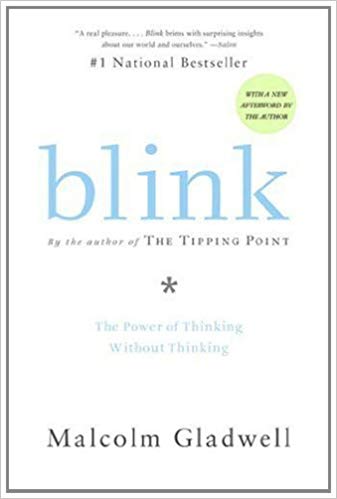Team Collaboration
living idea
The use of collective intelligence in knowledge creation
Concepts ?
Resources ?
Filter 52 resources by topic
Books (19 of 37)
- Drawing on a vast body of experimental research, Iain McGilchrist argues that the left brain makes for a wonderful servant, while the right side takes the position of the more reliable and insightful master.Mar 26, 2019
- The book brings together research on various topics of limited reach that, when combined, speak to the outrageous gall of the mind in recreating reality to its own liking, and then covering its tracks.Dec 1, 2017
- The volume systematically presents cultural-historical psychology as an integrative/holistic developmental science of mind, brain, and culture.Sep 30, 2014
- Blink reveals that great decision makers aren't those who process the most information or spend the most time deliberating, but those who have perfected the art of "thin-slicing"-filtering the very few factors that matter from an overwhelming number of variables.Apr 3, 2007
- The book brings together neuropsychology, cognitive science, and Freudian and Jungian approaches to mythology and narrative, to provide an insight into the precipitous decline in meaning and identitySep 11, 2002
- A foundational explanation of the theory of motivation. This is the first material in which Maslow presented his hierarchy of needs. Maslow studied what he called exemplary people such as Albert Einstein, Jane Addams, Eleanor Roosevelt, and Frederick Douglass rather than mentally ill or neurotic people.Jun 11, 1943
Articles (1 of 4)
No articles available for selected topic
Scientific Papers (7)
- Awareness of the existence of emotional contagion may prove useful in understanding and perhaps advancing various areas of interpersonal communication. People's own emotions were more influenced by the others' nonverbal clues as to what they were really feeling.Jun 1, 1993





